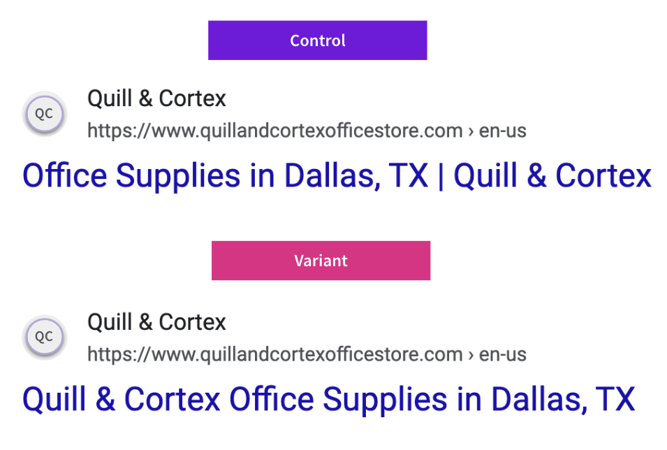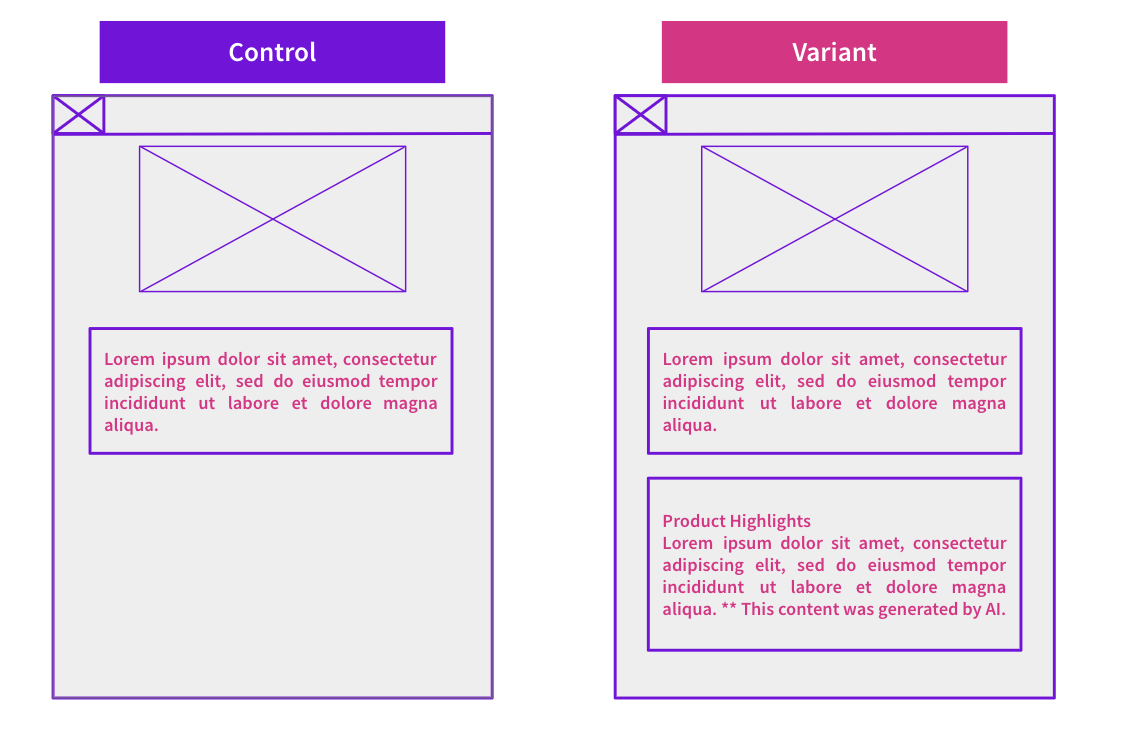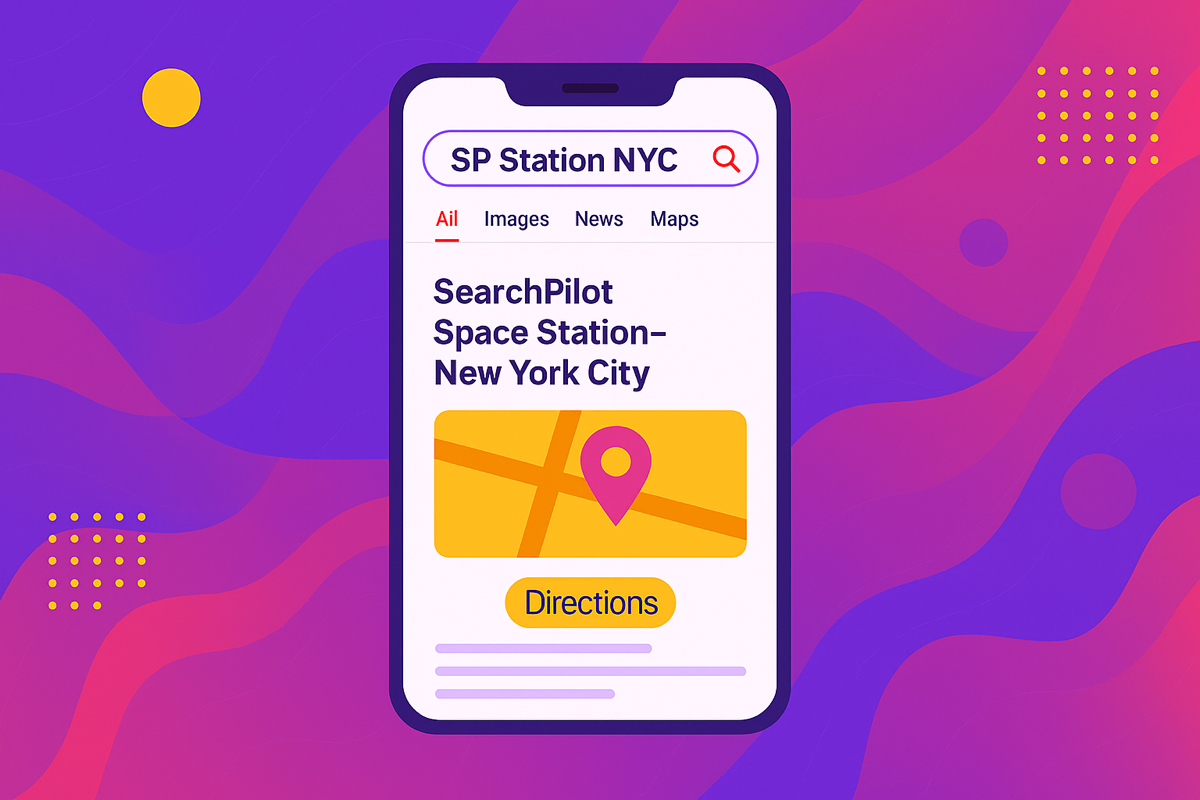Start here: how our SEO split tests work
If you aren't familiar with the fundamentals of how we run controlled SEO experiments that form the basis of all our case studies, then you might find it useful to start by reading the explanation at the end of this article before digesting the details of the case study below. If you'd like to get a new case study by email every two weeks, just enter your email address here.
In this week’s #SPQuiz, we asked our Twitter followers what they thought the impact on organic traffic was when we reordered title tags to include brand names at the start, especially if you are a household name.
Here is what they thought:
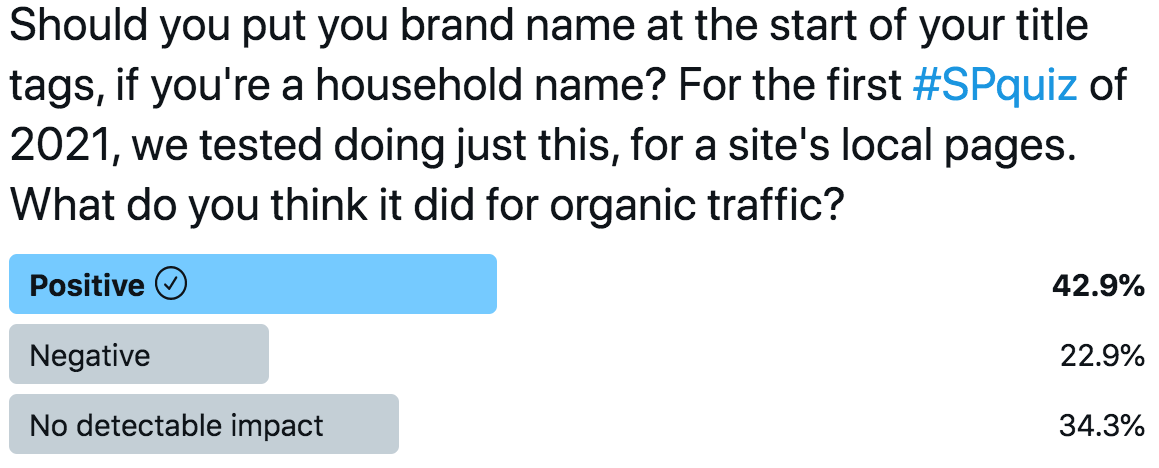
While it was close, the majority of followers that responded believed the brand name in the front had a positive impact on organic traffic. Although it was a small sample size of followers, the majority were correct!
This change had a positive impact on organic traffic - read on for the full case study!
Decisions about where to include brand keywords in title tags have been around as long as title tags themselves, and there are good arguments for leading with the brand and good arguments for leading with more generic keywords. Many industries have this tension, but local search is a fascinating example to investigate - with some people looking for their nearest store of a particular type, and some people searching for a specific retailer.
There is a theoretical tradeoff between a better click-through rate at a high level when the brand is presented more prominently and potentially worse rankings for generic queries. The only way to be sure which effect wins out is to test it.
While title tag tests are straightforward, they can often yield surprising results regarding their impact on organic traffic. The powerful effect on both rankings and click-through rate is the main reason why our SearchPilot customers love to test their title tags.
Our case study this week goes back to the basics as we look at localized search queries. We recently tested adding the brand name to the beginning of the title tags on city level pages.
Note: we have anonymized the customer and the industry.
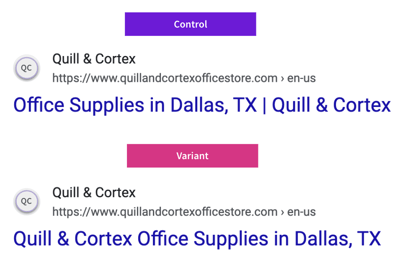
We believe that users are not only searching for local office supply retailers but also specific ones, and we hypothesize that the latter effect is more powerful. In this particular case, the brand is very well-known. If your brand strength is influential, putting it first in the title tag for users to see could tempt more of them to click through to the page - just because your name has more visibility.
The chart below shows the impact of this test on organic sessions:
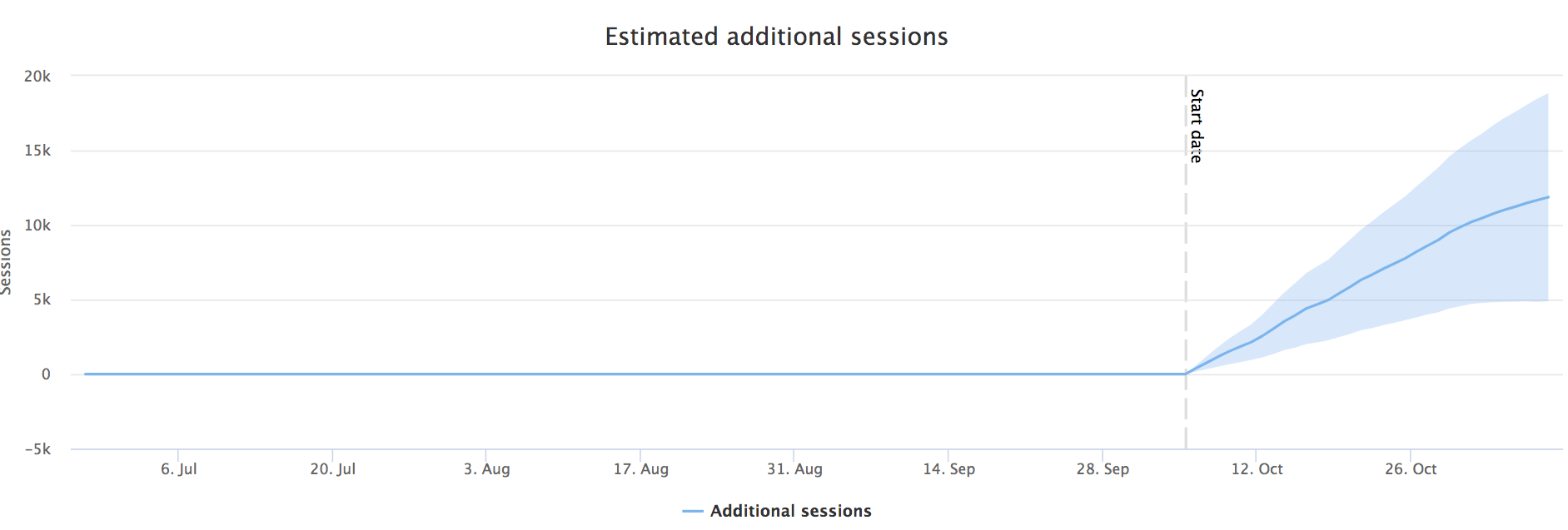
The impact of this test on SEO resulted in a positive outcome, with the variant titles experiencing over 15% uplift in organic traffic compared to their controlled counterparts.
Neat, right?
We believe this test performed as well as it did because displaying a powerful brand in the search results helped make these pages more noticeable to the user resulting in improved clickthrough rates. The strength of the domain could also have reduced any potential negative impact on rankings for generic queries.
As with so many areas of SEO where we are trading off competing interests, the only way to be sure is to run the test.
Ultimately, it can be interesting to run complicated tests, but this test shows that the basics can sometimes have a significant impact.
How our SEO split tests work
The most important thing to know is that our case studies are based on controlled experiments with control and variant pages:
- By detecting changes in performance of the variant pages compared to the control, we know that the measured effect was not caused by seasonality, sitewide changes, Google algorithm updates, competitor changes, or any other external impact.
- The statistical analysis compares the actual outcome to a forecast, and comes with a confidence interval so we know how certain we are the effect is real.
- We measure the impact on organic traffic in order to capture changes to rankings and/or changes to clickthrough rate (more here).
Read more about how SEO testing works or get a demo of the SearchPilot platform.
